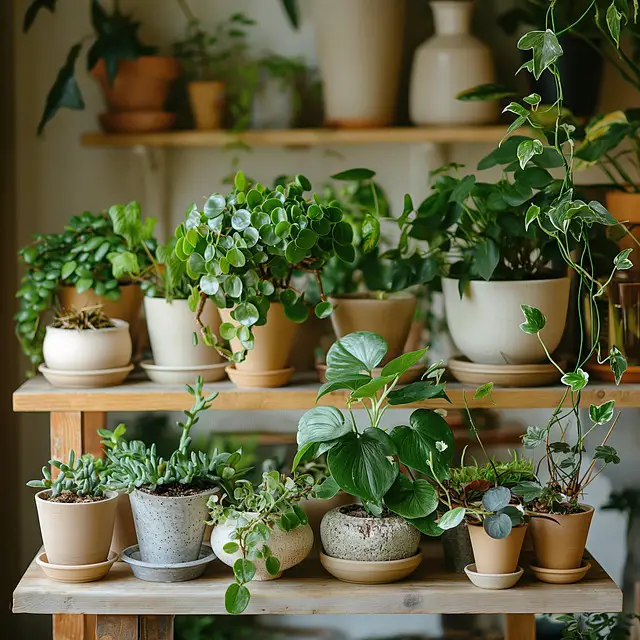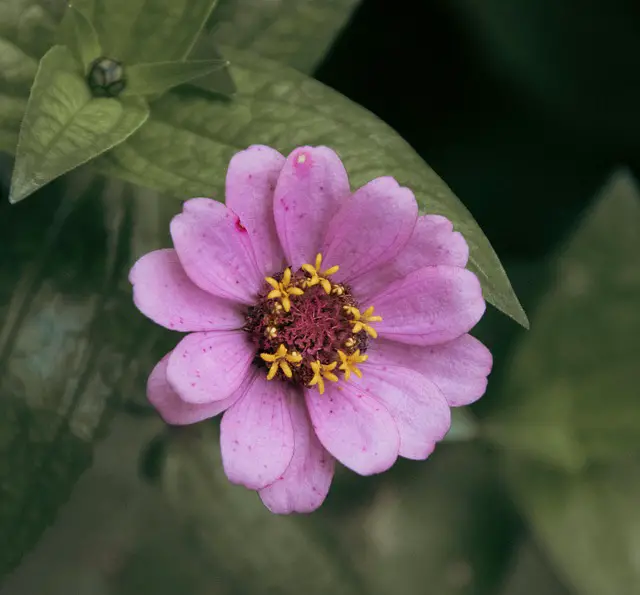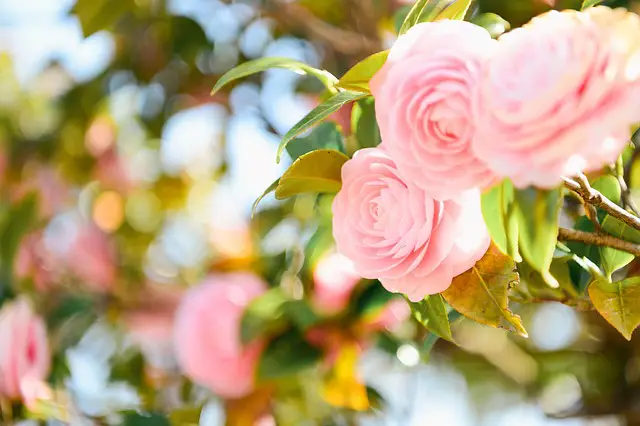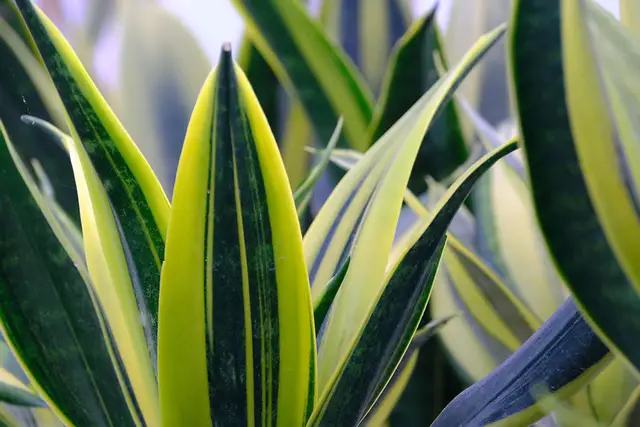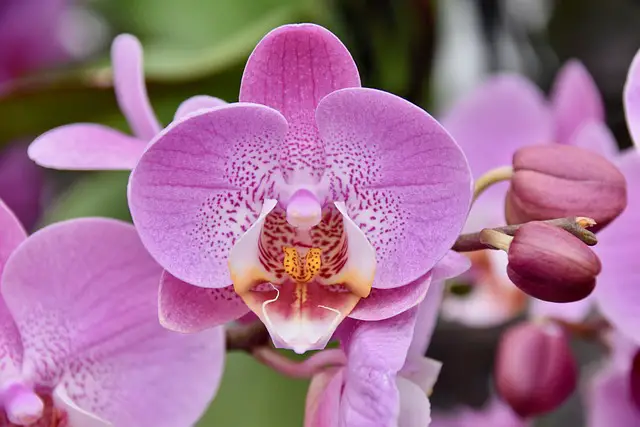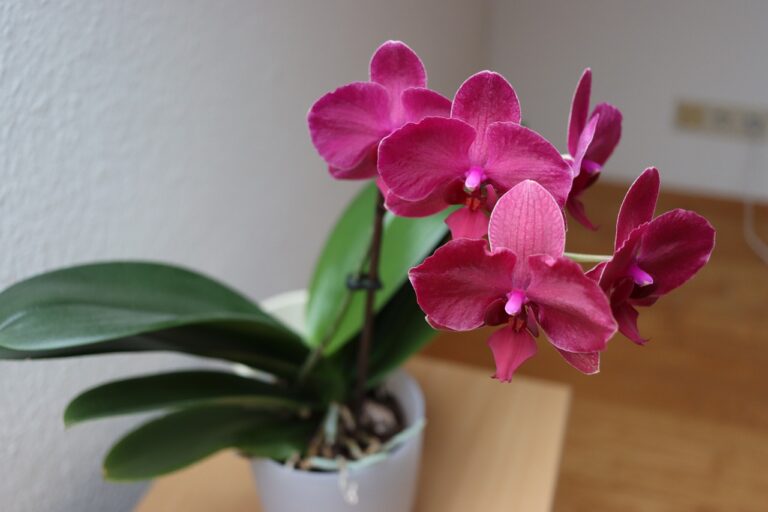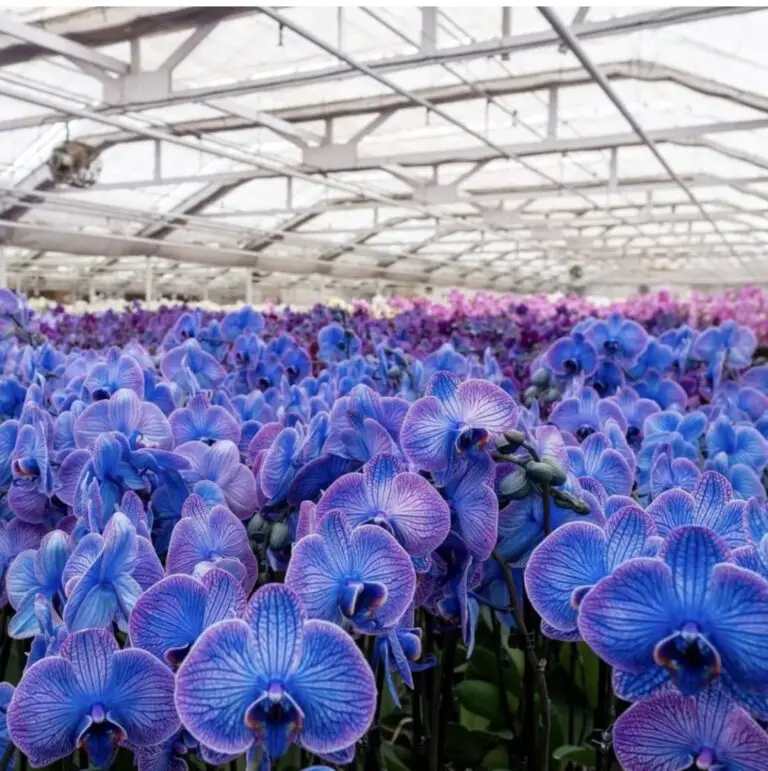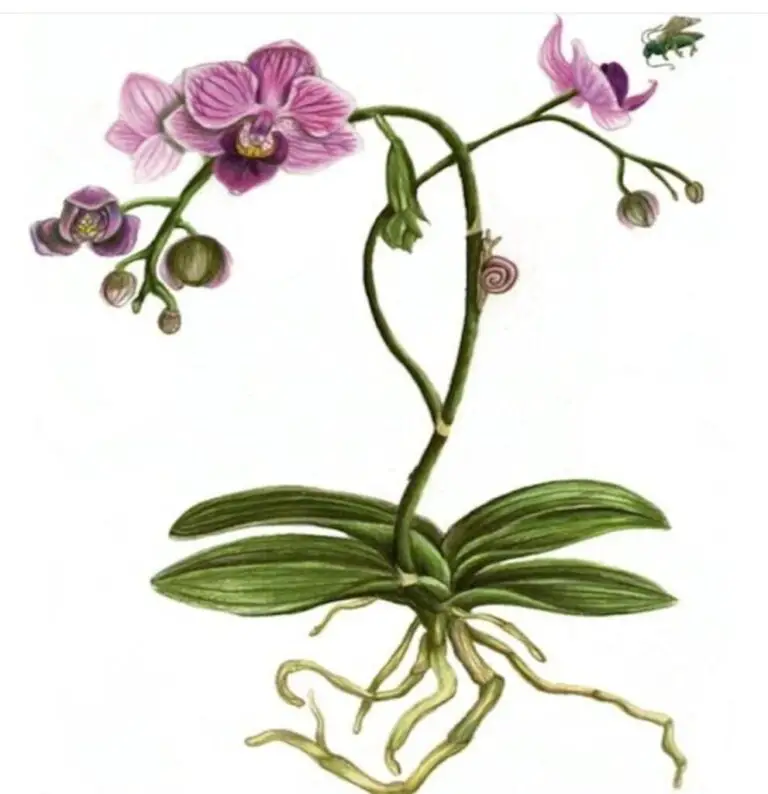oxalis plant bring in good fortune into your home or garden with Oxalis, often known as the shamrock plant. While it’s frequently mistaken for true clover, Oxalis is a unique and ornamental plant that boasts striking clover-like leaves and delicate, colorful flowers. This plant has earned a place in many homes and gardens for its versatility, vibrant appearance, and ease of care.
Despite its weedy reputation in the wild, ornamental varieties of Oxalis are far from invasive. They are well-behaved and make stunning additions to garden beds, containers, or even indoor spaces. Whether you’re a beginner or a seasoned gardener, Oxalis is a plant that can bring a touch of elegance to any space. This guide will take you through everything you need to know to grow and care for this captivating plant successfully.
- 1 Oxalis plant Basics
- 2 Planting Oxalis
- 3 Choosing the Right Spot
- 4 When to Plant
- 5 How to Plant
- 6 Forcing Oxalis Bulbs Indoors
- 7 Oxalis Care and MaintenanceWatering Needs
- 8 Fertilizing Tips
- 9 Pruning and Deadheading
- 10 Overwintering
- 11 Pests and Diseases
- 12 Growing Oxalis Indoors
- 13 Temperature is another critical factor.
- 14 Popular Oxalis Varieties
- 15 Using Oxalis in the Garden
- 16 FAQs About Oxalis Plant
Oxalis plant Basics
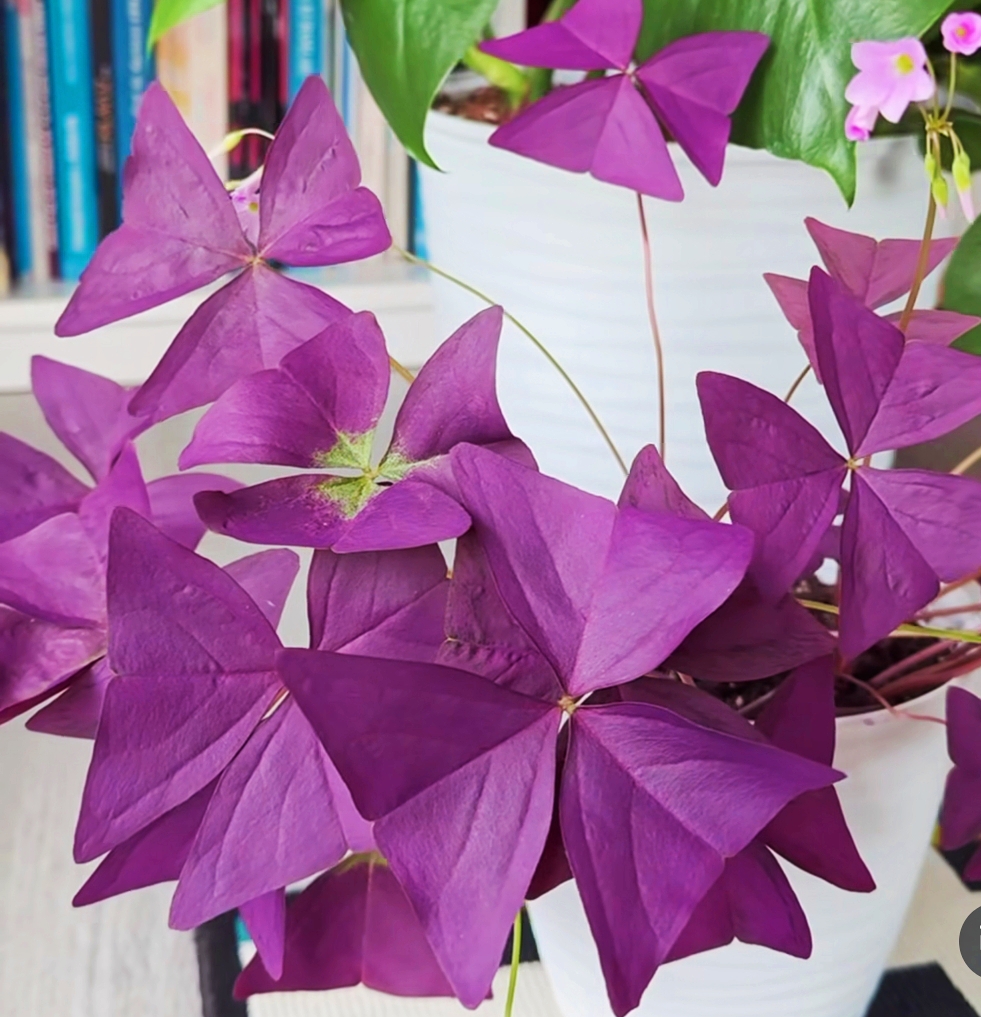
Oxalis, a member of the wood sorrel family, is a tender bulb that can be grown as an annual, perennial, or houseplant depending on the climate. It thrives in USDA Zones 7–10, though some varieties can tolerate colder temperatures with proper care.
This plant is a favorite for its beautiful foliage and delicate flowers. The leaves, which are often triangular or three-lobed, come in colors ranging from emerald green to deep maroon, with some even displaying variegated patterns. The flowers bloom almost year-round, especially during cooler months, and come in shades of white, pink, lavender, yellow, or even two-toned combinations.
While Oxalis is a joy to grow, it’s important to note that all parts of the plant contain oxalic acid, which can be toxic to pets and humans if consumed in large amounts. Ornamental varieties are easy to manage and will not spread uncontrollably like their weedy counterparts, making them a safe and beautiful choice for most gardens and homes.
Planting Oxalis
Choosing the Right Spot
Oxalis thrives in well-draining soil and requires plenty of sunlight. In cooler climates, full sun is ideal, while in hotter regions, partial shade will help protect the plant from scorching. Whether planting indoors or outdoors, ensure the location provides consistent light and protection from overly wet conditions.
When to Plant
If you’re planting Oxalis outdoors, wait until the danger of frost has passed in late spring. The bulbs are sensitive to cold, so planting them too early can hinder their growth. For indoor planting, Oxalis bulbs can be started year-round as long as they are provided with proper light and temperature conditions.
How to Plant
For garden beds, plant Oxalis bulbs about 2 inches deep and 4–6 inches apart. Preparing the soil with compost or organic matter can improve drainage and provide nutrients for healthier growth. If you’re planting in containers, use a well-draining potting mix and plant the bulbs about 1 inch deep. A 6-inch pot can accommodate 6–8 bulbs for a lush and full display.
Forcing Oxalis Bulbs Indoors
Oxalis bulbs can be forced indoors to create beautiful blooms even before outdoor planting begins. Simply place the bulbs in bright light and cool temperatures (around 55–60°F). Water them evenly, and within 8–10 weeks, you’ll enjoy a beautiful display of flowers. Unlike other bulbs, Oxalis does not require a cooling period, making it a convenient option for indoor gardening.
Oxalis Care and Maintenance
Watering Needs
One of the most important aspects of caring for Oxalis is maintaining the right moisture level. The soil should be kept evenly moist but never soggy, as overly wet conditions can lead to bulb rot. Before watering again, let the top inch of soil dry out a little.
Fertilizing Tips
Oxalis grown in nutrient-rich garden soil typically doesn’t need additional fertilizer. However, potted plants may benefit from a slow-release fertilizer at the time of planting or a balanced liquid fertilizer applied every two to three weeks during active growth. Avoid fertilizing during dormancy periods, as the plant isn’t actively growing and doesn’t require additional nutrients.
Pruning and Deadheading
Oxalis is a self-cleaning plant, meaning it naturally drops spent flowers without the need for deadheading. However, you can lightly prune the foliage to control its size and shape or remove any damaged or brown leaves. If the plant enters dormancy and its leaves begin to die back, simply trim the foliage down to about an inch above the soil to prepare it for its resting phase.
Overwintering
In areas colder than USDA Zone 7, Oxalis bulbs must be dug up before the first frost.Until they can be transplanted the following spring, keep them somewhere cold and dry.If you’re growing Oxalis in containers, simply bring the pots indoors and allow the plant to go dormant by reducing watering and stopping fertilization. When new growth begins in the next season, you can resume normal care.
Pests and Diseases
While Oxalis is relatively pest-resistant, you may occasionally encounter issues with aphids, whiteflies, or spider mites. Regularly inspecting your plants and using appropriate treatments can help manage these pests. Fungal issues like powdery mildew or rust may also occur in overly humid or wet conditions, so proper airflow and drainage are crucial.
Growing Oxalis Indoors
Oxalis is an excellent houseplant due to its manageable size and stunning appearance. To keep your indoor Oxalis thriving, provide it with bright, indirect light from a south- or west-facing window. Avoid placing the plant in low-light areas, as this can cause spindly growth and a lack of blooms.
Temperature is another critical factor.
Oxalis prefers cool nights (50–65°F) and warm days (70–75°F). Average household humidity is sufficient, and you can water the plant when the topsoil feels dry. Always use a pot with drainage holes to prevent soggy soil, which can harm the bulbs.
If your indoor Oxalis begins to lose its leaves, don’t worry—this is a natural dormancy period that allows the plant to rest and store energy. During this time, reduce watering, stop fertilizing, and place the pot in a dark, cool area. After a month or two, new growth will emerge, signaling that it’s time to resume regular care.
Popular Oxalis Varieties
Oxalis comes in a variety of stunning options, each with unique foliage and flower colors. Some popular varieties include:
Oxalis triangularis: Known for its deep purple leaves and light pink flowers, this variety is a favorite for indoor and container gardening.
Oxalis deppei: Also called the “lucky shamrock,” it features bright green leaves and vibrant pink flowers.
Oxalis versicolor: Often referred to as the “candy cane sorrel,” this variety has striking red and white striped flowers.
Using Oxalis in the Garden
Oxalis is incredibly versatile and can be used in a variety of garden settings. Its compact size and striking foliage make it ideal for rock gardens, ground cover, or edging along borders. It also works beautifully in containers and hanging baskets, where its cascading leaves can add texture and color.
One of the most charming traits of Oxalis is its photophilic behavior—its leaves close at night or on cloudy days and open again in sunlight. This unique characteristic, often called the “butterfly effect,” makes the plant even more fascinating to observe.
Oxalis is a wonderful plant that can brighten up any garden or home with minimal effort. Its stunning foliage, delicate blooms, and low-maintenance nature make it a favorite among gardeners of all skill levels. By following the tips in this guide, you can enjoy the beauty and charm of Oxalis year-round.
Whether you’re planting it outdoors in your garden or keeping it indoors as a houseplant, Oxalis is sure to bring a touch of elegance and good fortune to your space.
FAQs About Oxalis Plant
What is an oxalis plant?
An oxalis plant, also known as the wood sorrel, is a popular ornamental plant recognized for its clover-shaped leaves and delicate flowers.
How do I care for an oxalis plant?
To care for an oxalis plant, provide bright indirect sunlight, well-draining soil, and moderate watering.
Why is my oxalis plant drooping?
Drooping in an oxalis plant often occurs due to overwatering, underwatering, or dormancy.
Can I grow an oxalis plant indoors?
Yes, the oxalis plant thrives indoors when given proper light and care.
How often should I water my oxalis plant?
Water your oxalis plant when the topsoil feels dry to the touch. Avoid overwatering to prevent root rot.
Does the oxalis plant go dormant?
Yes, the oxalis plant goes dormant, usually in summer or winter, depending on its growing conditions
Is the oxalis plant toxic to pets?
The oxalis plant contains oxalic acid, which can be toxic to pets if ingested in large amounts.
Can I propagate my oxalis plant?
Yes, you can propagate an oxalis plant by dividing its bulbs or tubers during the dormant period.
What pests commonly affect the oxalis plant?
Common pests that affect the oxalis plant include aphids, spider mites, and whiteflies.
Why are the leaves of my oxalis plant turning yellow?
Yellowing leaves on an oxalis plant could indicate overwatering, nutrient deficiencies, or dormancy.
What is the best soil mix for an oxalis plant?
An oxalis plant grows best in a well-draining soil mix with organic matter.
Can the oxalis plant be grown outdoors?
Yes, you can grow the oxalis plant outdoors in a garden or as ground cover in USDA zones 6–10.
How do I revive a dormant oxalis plant?
To revive a dormant oxalis plant, reduce watering, remove dead leaves, and wait for it to re-sprout.
What is the ideal temperature for an oxalis plant?
The oxalis plant prefers temperatures between 60–75°F (15–24°C) for optimal growth.
How do I fertilize my oxalis plant?
Fertilize your oxalis plant monthly during its growing season with a balanced liquid fertilizer diluted to half strength.
.

